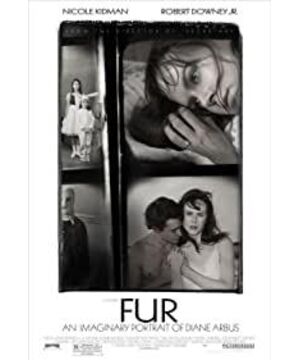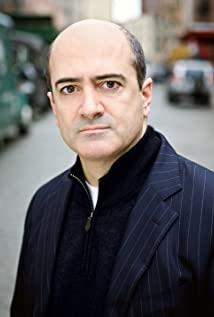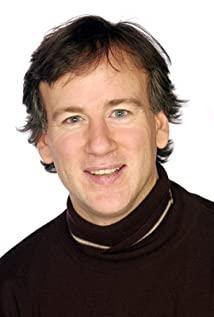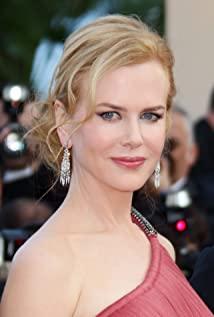He was the first rule breaker to appear in Diane's day-to-day life of rules and upbringing. It is precisely because she has lived in a brightly lit upper class since she was a child, the more sensible and peaceful she is on the surface, the more eager she is to destroy and violate. Diane's original life was like a very delicate ornamental vase, and Lionel's appearance was a crack in the smooth but fragile surface, and it was out of control. The real Arbus must have met such a person or event, or an inner struggle that helped her reverse the trajectory of her fate. Lionel here symbolizes the turning point of Arbus's life.
In the movie, it was Lionel who led her into the life of "freaks", and through him she made dwarfs, giants, transvestites, shapeshifters, and all kinds of society's most fringe figures, who later appeared in the famous Arbus in the photo. In reality, no matter who made Arbus into the freaks' circle, she felt more at home among them. Underneath the "normal" appearance, she was a freak herself, just like Lionel.
In the end, Lionel disappeared. We can also see that Lionel did not appear at all. His existence is a reflection of Diane Arbus himself, one of her multiple personalities. The last photo album that Lionel left her means that he was her impulse and inspiration to become a photographer. He died and she was reborn. She plucked his long body hair for him, in fact, plucked away the past for herself, the relationship with the past: the aristocratic family who did the fur business, the models of the husband who wore the fur. The new one who lost her fur wears human hair, which is scary, but more real, just like her works, there is no cover and no shame.
View more about Fur: An Imaginary Portrait of Diane Arbus reviews










